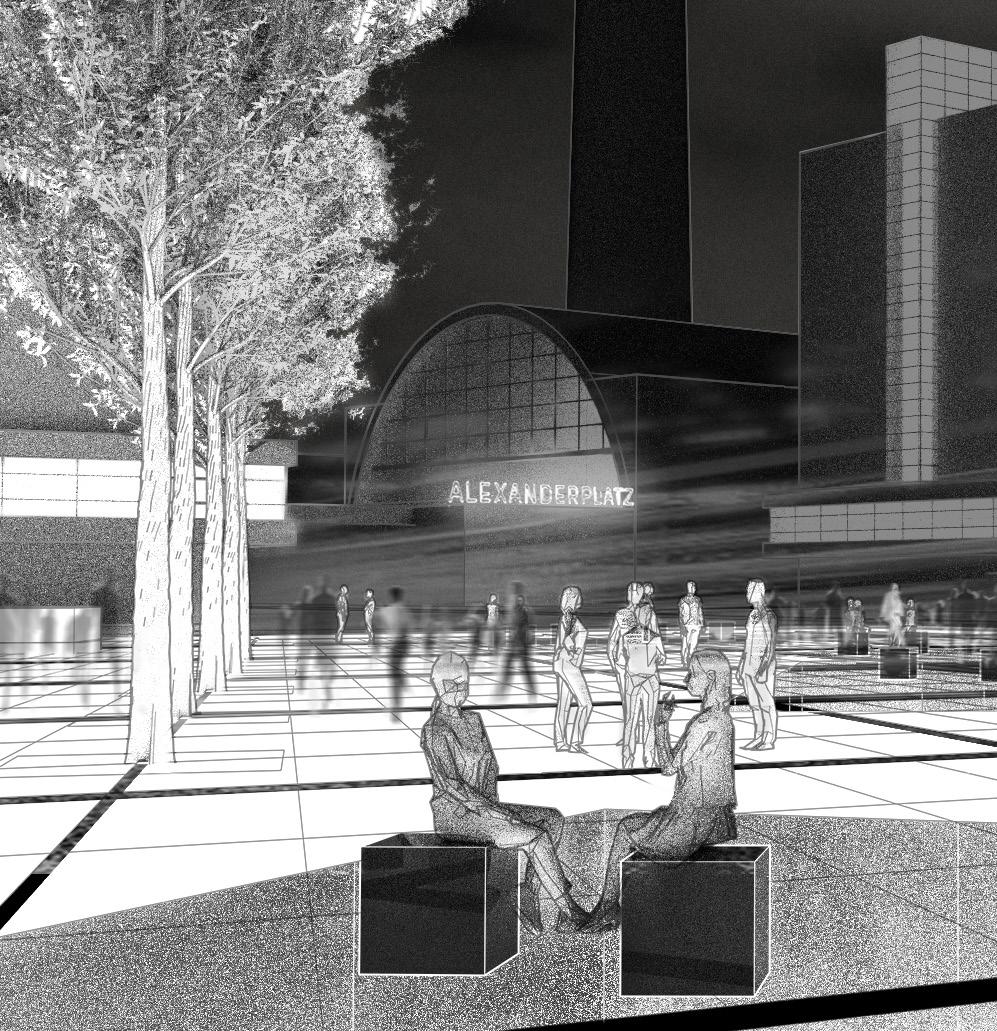 BY ANDREW LONG
BY ANDREW LONG
M O N U G E R M A N M E N T TO THE T U R N T T N G PO T T N T AND SO L T T D A R T T T Y BE T E E W N E U R O P E A N N A T T T O N SON BE H A L F OF THE N E W G E R M A N P E P O L E S

Germany has historically been a divided nation, from the fragmented Berlin of the post-war years to the strong regional identities found across the country today. Faced with widespread cultural dysphoria following the influence of Nazism, the country has sought to reflect on its past while remaining wary of excessive national pride. Following recent threats to peace in Europe, Germany has decided to make its primary objective to become a larger influence on the world stage. This has sparked a desire for national identity, one that can only be achieved through an ideologically unified Germany.

The divided Berlin of the past has left everlasting impacts on the city’s population. Many families who were divided continue to deal with the unresolved trauma and a lost sense of belonging. Children who grew up on opposite sides of the wall now struggle to bridge the gap between their different upbringings, languages, and cultures. The scars from the separation have left a lasting imprint on the affected families and subsequent generations. Migration between the Eastern and Western German cities has resulted in a considerably lower percentage of younger people in the East. On average, people in former East Germany only earn three-fourths the monthly gross income of Germans in the West. There are also clear political differences between Eastern and Western German states as negative views on migrants are more widespread in former East Germany. Almost half of Germans are convinced that there are more differences than similarities between citizens in the East and the West, leading to persistent cliches that separate each other even decades after reunification.

The MGTPSBENBNGP
will display Germany’s desire for unification and worldwide influence through the lens of reflection and remembrance. Set within Alexanderplatz, the monument will call upon a diversified public with varying relationships to Germany and the City of Berlin. As an urban gateway to the city, the transit hub will act as a world stage for Germans and those worldwide to form a relationship with MGTPSBENBNGP’s mutual recognition of the country’s polemic past and optimism for its fruitful future. To represent this duality, the monument seeks to describe what a unified Germany may be like in the future while creating a moment for reflection and remembrance of the country’s past.

Site plan drawn by Samuel Shoemaker

To form an image of a strong Germany in the present, the population must bridge the ideological gap that has been historically engraved in the country. While Berlin has been rooted in a divide, Germany desires a future that can only be achieved through unity at all levels. The monument will become a space for everyday Berliners to bridge between the divided past that has become woven into everyday German society. The classic metaphor of

“all under one sun” can procure images of unification, suggesting that we are all fundamentally interconnected. By day and night, Alexanderplatz will become a plaza unified by light. Through an extensive pool of light, the plaza will act as a beacon to the rest of Berlin. While the pool is confined to the plaza, the light reaches far beyond the monument and bleeds into adjacent spaces. This creates an inherent attraction to the plaza, marking Alexanderplatz as the origin.

The extent of the light travels beyond the two dimensions and reflects off of people, trees, surrounding buildings, and even the clouds above the city. The monument becomes an active mode of reflection, asking you to analyze the world around you as it highlights all things good and bad. As if to shine a light on discourse, the monument becomes a space for discussion and a space to understand others. The light reminds you of your surroundings and ensures that nothing goes unnoticed. The monument recognizes that Germany has struggled with its past and plays an active role in fostering memory through void. The voids allow the

mind to create a presence that is exceedingly more powerful than a physical and active embodiment of a memorial. As a representational method, the voided spaces require the visitor to procure an atmosphere of remembrance. By inviting Berliners and visitors to a space of discussion, the voids help to frame conversation through the lens of great loss in Germany’s past. While no individual can fill the void, discourse on unification can become exponentially more valuable when there is an innate understanding of what has been lost.

The grid is the mediator between the light and the void. It acts as a great unifier and commonly represents a continuous network of equal access. As a conceptual image of globalization, the grid metaphorically extends beyond Alexanderplatz and becomes a connection between Germany and the world.

Recalling the individual experience is essential to the success of the monument. No physical form can become unifying as our perspectives of the world differ vastly. The only unifying image derives from universal truths such as light and dark, presence and absence. The MGTPSBENBNGP does not force unification or create an idealized image of a strong Germany but instead fosters the connection that is needed at the human level. Consequently, the only way to unify the Germans is to create an environment that urges them to do it on their own.

 BY ANDREW LONG
BY ANDREW LONG










